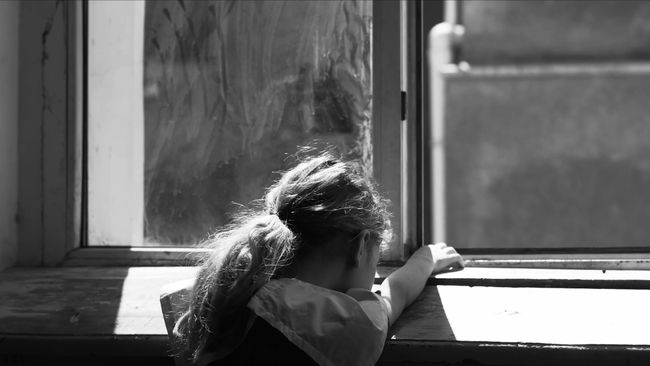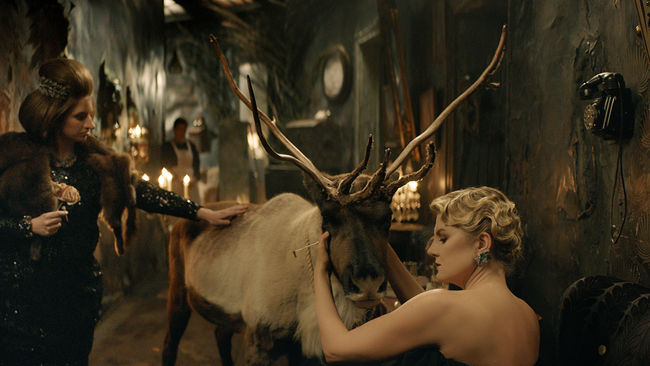Madalena − A Glitch in the Landscape
27 January 2021
For each of the features in competition, IFFR asked a critic, writer, academic or programmer to write a short reflection in a personal capacity. The resulting series of ‘Appreciations’ aims to encourage viewers − and filmmakers − at a time when there is no physical festival. Fabio Andrade shines a light on Madalena.
Madalena, the feature debut by Brazilian filmmaker Madiano Marcheti, opens with a trio of landscape shots that get progressively more composed. Starting with the fluid stream of a river filmed between tree trunks and vines that clutter the entire screen, and ending with a smooth dome of trees that looks like a spaceship symmetrically parked in the middle of a soya field, the prologue moves, swiftly and smoothly, from untamed wilderness to what looks like a sculpture of leaves. The linearity imposed by the editing creates an uncanny sense of place where wilderness is part of nature, but not whole − a beating heart surrounded by a prosthetic ribcage, a rainforest attacked by an army of genetically modified organisms in service of high-tech agribusiness.
In this reversal of the editorial ‘zoom in’ of a Hitchcock opening (a city, a neighbourhood, a window, a resident), Madalena not only flips the ontological expectation about nature and culture − tent poles that have held up the foundations of modern Brazilian cinema since Humberto Mauro and Mario Peixoto − on its head; it also scrambles the lines between them. Madalena, the name that provides the film’s title, wraps up the prologue long before we are introduced to its bearer − a largely absent trans woman (Chloe Milan), who haunts the movie like a post-organic riddle cloaked in a post-narrative mystery − and the puddle of circumscribed forest gives way to a sequence where the protagonists are a group of ostriches. However, instead of sticking with the distanced approach of the opening landscapes, this sequence is complete with shot-reverse shot, point of view, reaction shots, and all the conventions traditionally associated with narrative cinema. Repurposed as efficient pest-control tools by industrial farmers with an eye on the transnational market, the ostriches look at the tractors working alongside them, reacting to their alien presence as they spray the field with poison, until the sound of the cars driving by on the nearby road catch their attention. As exemplars of nature, the animals have their representational latency stretched way beyond observation: as characters, they see, they think, they feel, and they invite us to feel through them.
Even though Madalena soon progresses toward a narrative arc, with humans, conflicts, dynamic relationships, goals and obstacles, the choice to introduce this world with two sequences that appear to be − but only appear to be − disconnected from its narrative spine evokes the film’s own posture toward narrative. In Madalena, story is one of the many tools used by filmmaker and characters to express a sense of place and of existence where nature is never still, and every single being − human or not − seems to be merely caught by the film in one stage within a constant transition that transcends screen time, like a glitch in an ever-changing landscape. Much like the character Madalena, the filmic elements are themselves visual and aural riddles, queering the habitual as supernatural (and vice versa) to image the incessant contradictions of a country where the certainty of the horizon has grown obsolete, and where humans and non-humans must find space to unfurl the future in the very seams of the past.
Fabio Andrade is a Brazilian film critic, scholar and artist based in Brooklyn, New York.
Appreciations
‘Appreciations’ aims to encourage viewers − and filmmakers − at a time when there is no physical festival. Discover more short reflections on the features in competition.



